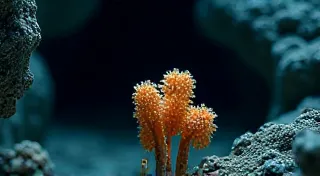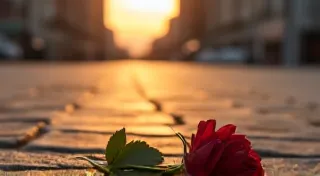A Blush of Sunlight: How Color Enhanced the Romantic Ideal
The Victorian era, spanning roughly 1837 to 1901, was a period of profound transformation. Industrial revolutions roared, empires expanded, and artistic expression flourished. Yet, the photographic process during its nascent years was strikingly monochromatic. Black and white images captured a stark reality, but it was the subsequent hand-tinting techniques that truly breathed life—and emotion—into these early portraits and landscapes. It wasn’t simply about adding color; it was about crafting a mood, amplifying a narrative, and romanticizing a world grappling with rapid change.
My fascination with this lost art began unexpectedly. Years ago, while clearing out my grandmother’s attic, I unearthed a small, leather-bound album. Inside, nestled between brittle tissue paper, were photographs of people I’d never known, rendered in soft, delicate hues. The cheeks of the women possessed a subtle rosy blush, the gentlemen’s sideburns held a hint of chestnut brown, and the landscapes shimmered with the promise of a golden hour that seemed perpetually suspended in time. The album wasn't just a collection of images; it was a portal to another era, a silent testament to a forgotten craft.
The Birth of a Blush: Technical Origins & Evolution
Early photography, primarily through the collodion process, produced fragile glass plate negatives. Printing these onto albumen paper created a surface receptive to color. The initial approaches were rudimentary: simple washes of aniline dyes applied with cotton or sponge. These early tints, while adding a superficial splash of color, often lacked subtlety and faded rapidly. As techniques evolved, so too did the tools. Brushes became finer, pigments became more refined, and the process moved towards a greater level of artistry. Some photographers opted for a "painted" look, mimicking the style of oil painting, while others strove for a more naturalistic appearance.
The introduction of oil-based pigments, often mixed with gum arabic to improve adhesion, allowed for more intricate details and a greater range of color. The use of fixatives, such as potassium cyanide (a practice thankfully discontinued due to its toxicity), helped to protect the colors from fading. Different workshops developed their own proprietary blends and application techniques, contributing to regional variations in tinting styles.
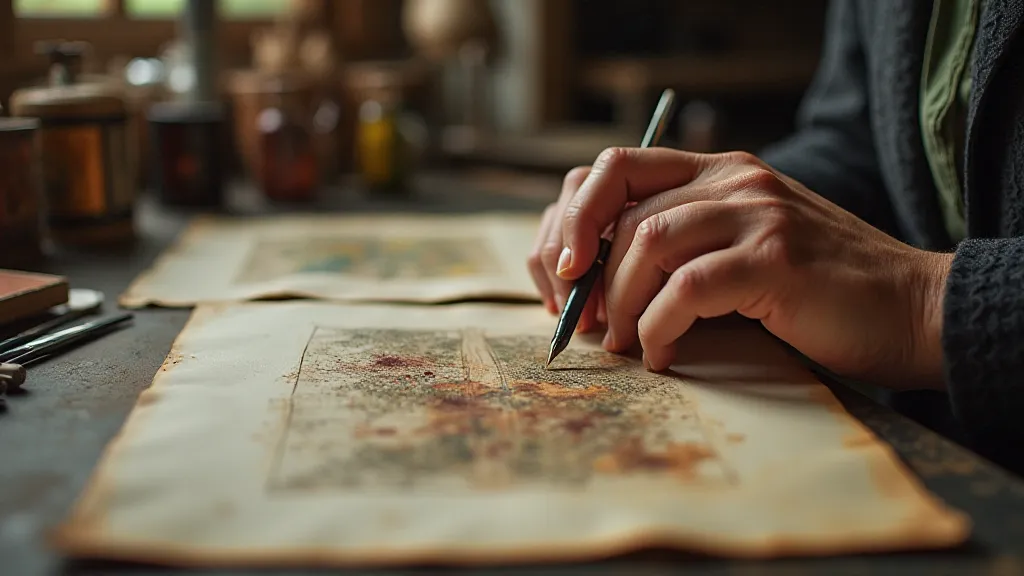
The Romantic Palette: Warmth and its Emotional Power
While a full spectrum of colors was available, the Victorian aesthetic overwhelmingly favored warm tones – rosy pinks, gentle oranges, subtle yellows, and earthy browns. This wasn't arbitrary; it was a conscious effort to evoke specific emotions and create a particular atmosphere. The blush on a woman’s cheeks wasn't just about accurately representing her skin tone; it was a symbol of health, beauty, and, crucially, modesty. The golden hues in a landscape suggested prosperity, tranquility, and a nostalgic longing for a simpler time.
Consider the prevailing social climate. The Victorian era was marked by a complex interplay of industrial progress and sentimental yearning for a pre-industrial past. The rise of urban centers brought with it anxieties about anonymity and the loss of connection to nature. Hand-tinting, with its evident human touch, offered a way to personalize the photographic experience, to infuse the often-clinical representation with warmth and intimacy. The hand-tinting process wasn't something that could be automated; it required a skilled artisan, someone who understood not just the technical aspects of applying color, but also the nuances of human expression.
The consistent use of these warm tones subtly romanticized everyday life. The often-grim realities of poverty and disease, inherent to the era, were softened, obscured by a veil of carefully applied color. This wasn't necessarily deceptive; it was a reflection of a cultural desire to find beauty and hope even in the face of hardship. The photographs weren't meant to be documentaries; they were meant to be *portraits* of a romanticized ideal.
More Than Just Color: A Reflection of Craftsmanship
Examining a hand-tinted photograph closely reveals the remarkable level of craftsmanship involved. The finest examples exhibit a subtlety of shading that is almost impossible to achieve with modern digital techniques. Look at the way the artist has layered the colors to create depth and dimension, or the delicate brushstrokes used to capture the texture of fabric or the glint of light in a subject's eye. It’s not merely about application of pigment; it’s a demonstration of artistic sensitivity and technical mastery.
Unfortunately, much of this knowledge was lost as photography transitioned to color film and then to digital formats. While the knowledge isn’t entirely vanished, it requires specialized training and a deep appreciation for the historical context. Many collectors, recognizing the unique artistic value of these photographs, are working to preserve and restore them, meticulously recreating the original techniques.
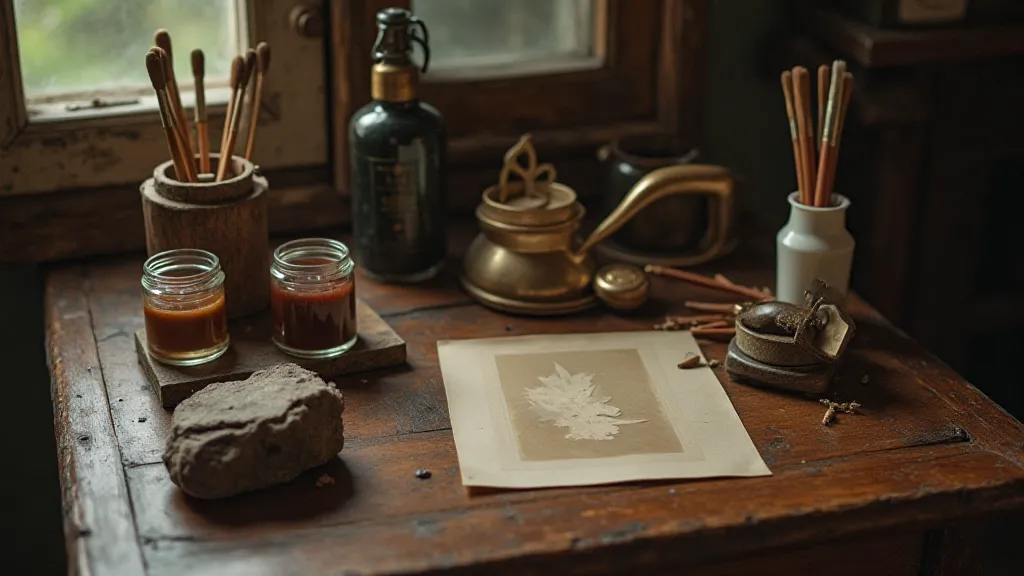
Collecting & Conservation: Preserving a Delicate Legacy
Collecting Victorian-era hand-tinted photographs is a rewarding pursuit, though it requires a discerning eye. Authenticity is key; reproductions are increasingly common, and the untrained observer can easily be fooled. Look for signs of age, such as subtle fading or slight discoloration. Examine the application of color; genuine hand-tinting will exhibit imperfections and variations that are difficult to replicate artificially.
Conservation is also crucial. These photographs are incredibly fragile, susceptible to damage from light, humidity, and handling. Proper storage, archival-quality materials, and careful handling are essential to preserving them for future generations. It’s a responsibility shared by collectors, museums, and historical societies – a commitment to safeguarding a vital piece of our cultural heritage.
The revival of interest in hand-tinting techniques has also led to a new generation of artists experimenting with these historical methods. While their work often incorporates modern materials and approaches, it serves as a testament to the enduring appeal of this unique and evocative art form. It connects us to the Victorian era, not just through the images themselves, but also through the spirit of craftsmanship and artistic expression that created them.
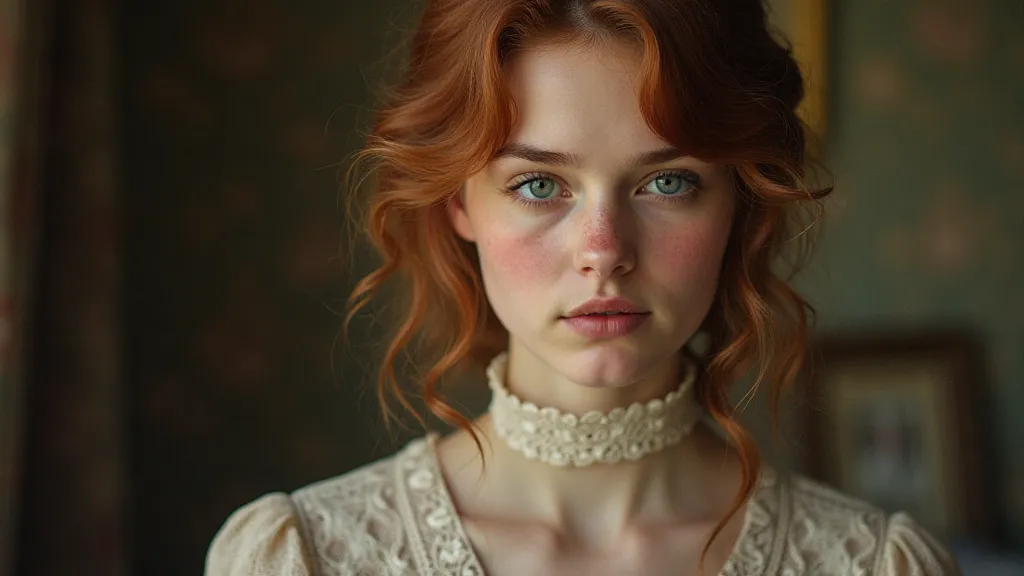
The blush of sunlight captured by these artisans wasn’t simply color; it was a deliberate infusion of romance, a subtle commentary on the social and cultural landscape of the Victorian era, and a testament to the enduring power of human artistry. It’s a legacy that continues to inspire and captivate us, a whisper from the past that resonates with a timeless beauty.

